If your weekly shaving or monthly waxing sessions feel like too much of a chore, there are more long-term hair removal options available. They are clinical in nature and should be performed by a professional in order to be carried out safely. One of the popular procedures among dermatologists and skin enthusiasts alike is electrolysis hair removal - a procedure that disrupts hair growth on treated areas entirely. The procedure is quite safe and shows good results, thus the popularity of the same.
Cosmetologist and aesthetic dermatologist, Dr. Monisha Aravind elaborated, "Electrolysis hair removal is performed by subjecting your hair follicles to energy; either thermal or chemical, and application of this energy with a probe is the gist of the procedure. A probe is inserted into the follicles to target each and every one of them in a separate fashion. The follicle is entered and energy is passed so that it is destroyed.“
If you are considering getting the procedure done for yourself, here are some things to know about it first...
- How does electrolysis hair removal work
- What causes unwanted hair growth
- What to expect
- Pre procedure and post procedure practices
- Potential risk factors
- Electrolysis vs laser treatment
- FAQs about electrolysis hair removal
How does electrolysis hair removal work
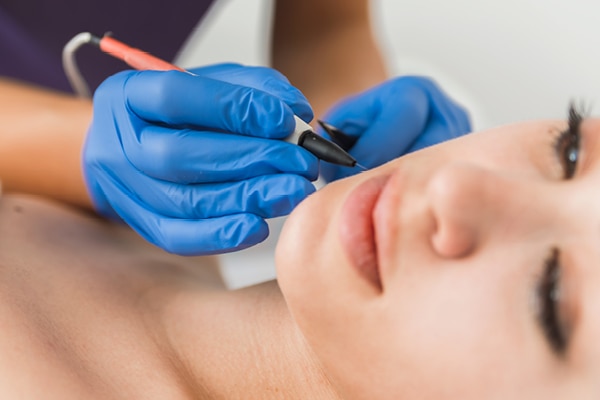
As mentioned earlier, electrolysis hair removal is carried out by an electrologist who inserts a tiny probe into a single hair follicle, making sure not to puncture the skin surrounding it. The probe has one function only - to deliver a thermal electric current or chemical energy in a skin-safe range directly to the tissue.
The thermal or chemical charge damages the hair follicle to the point of no repair and thus, sucking the hair out of it with little to no effort. The charge also destroys the follicle in a way that it won't be able to produce new hair in the future.
What causes unwanted hair growth
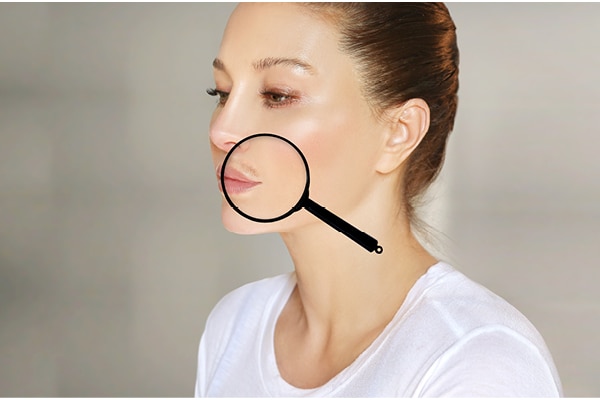
Before we get into the details, let's take a look at what exactly causes unwanted hair. According to Dr. Aravind, "Excessive unwanted hair growth tends to occur on the chin, upper lip or underarms. Some people even experience unwanted hair growth around the breast or areola region, which can sometimes be too excessive. This usually happens after puberty because of the increased androgen levels. The condition of high androgen levels leading to excessive hair growth is called hirsutism. In women, this is usually because of underlying hormonal issues like PCOS, underlying thyroid issues, and an increase in testosterone levels, which can all cause this extensive hair growth called hirsutism.
Other issues that can be caused by hirsutism are acne, female pattern baldness. hoarseness of voice, and excessive oiliness in the skin. For few people it occurs genetically - they might not have an underlying cause, but may notice unwanted hair growth in a genetic fashion.
What to expect
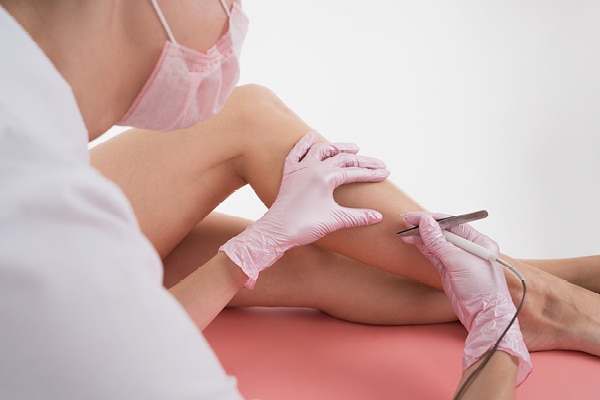
It is important to manage your expectations with electrolysis hair removal. Dr. Aravind revealed, "To see visible results with the procedure, at least 10-12 sessions will be required. The number of sessions completely differs from person to person, depending upon the thickness, rate of hair growth and underlying hormonal imbalance."
Dr. Aravind also stressed the fact that even though electrolysis is treated as a permanent solution for unwanted hair, it may not be the reality. "The biggest myth about electrolysis hair removal is that it is permanent and once the hair follicle gets destroyed, there won't be any hair growth in that specific region. However, this is not the case; the best results you can expect from the sessions is that thicker hair will become thinner and the hair follicle growth rate will come down. Electrolysis will not give a permanent removal of hair from a specific area."
Pre procedure and post procedure practices
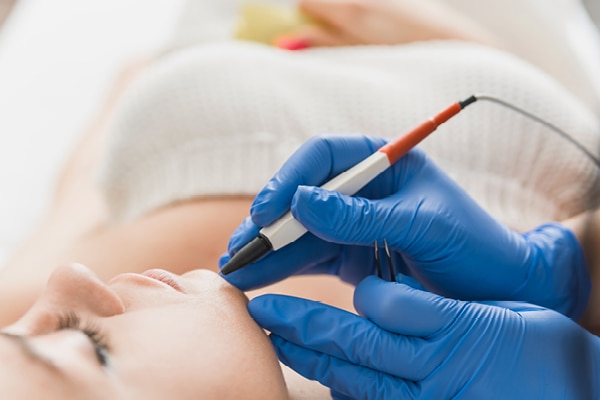
While electrolysis hair removal is a pretty straightforward procedure and does not require too much pre- or post-procedure downtime for healing, Dr. Aravind gave out the following tips -
Pre-procedure -
The prep or pre-procedure usually falls completely on the professional and involves checking for any active lesions like active acne or any follicular infections. The site of the procedure should not have any active lesions as the procedure should not be done on damaged skin. It is recommended to prime your skin with sunscreen to avoid any PIH (post-inflammatory hyperpigmentation) occurring in that specific area.
Post-procedure -
Dr. Aravind suggested icing the area during and post the procedure to reduce the mild irritation or the redness and the swelling that can come with the treatment. Post-procedure, you can also expect a mild swelling to occur in the specific region where the follicles have been targeted. There can also be some mild redness which usually settles in 24 hours. An antibiotic cream would be suggested to reduce the chance of an infection and sunscreen usage is very important.
Potential risk factors
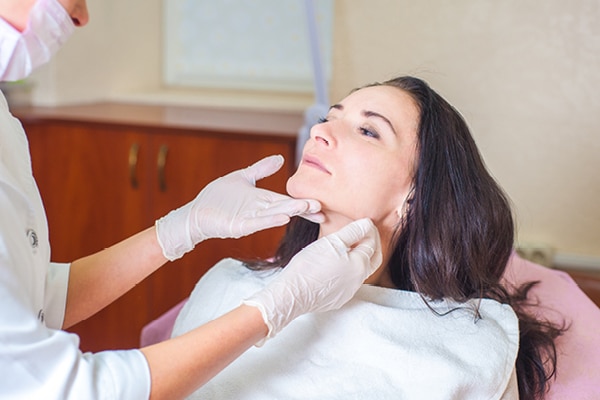
As mentioned above, electrolysis hair removal may not be recommended for damaged skin. Dr. Aravind also revealed that people who have a history of scars or keloids may find the procedure slightly risky as there are chances they might get a scar in that particular area. Another risk factor experts look for is that if the person is diabetic or in the pre-diabetic stage, the risk of infections increases with that.
In such a case, the procedure should only be done under antibiotic coverage and when the sugar levels are under control, the professional can go ahead with the procedure.
Electrolysis vs laser treatment
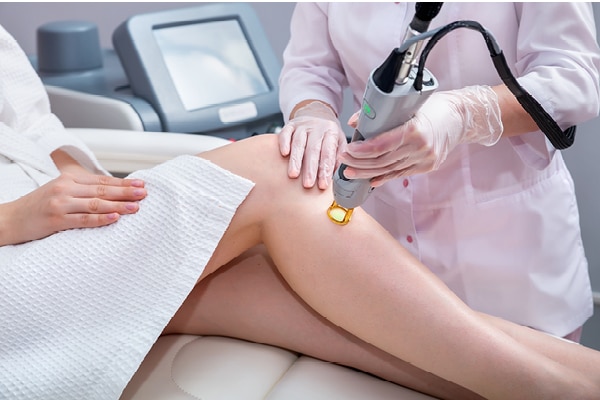
Unlike electrolysis, laser hair removal uses a high-heat laser to destroy hair follicles with radiation. It works by damaging your hair follicles to the point where new hair growth takes longer. However similar to electrolysis, laser hair removal is not permeated in nature either. Laser hair removal is ideal for people who are looking for a quick solution for unwanted hair as electrolysis can take a long time to get done on larger sections of the body like legs or arms.
However, if you are hoping for a safer alternative to lasers for areas like underarms and facial hair, electrolysis will be your best bet. It is also noteworthy to know that electrolysis hair removal works best on hair that is already thin, with thicker hair removal being a job best left to lasers. However, laser hair removal has a higher chance of inducing hyperpigmentation in darker skin tones, so you may want to exercise caution with that.
FAQs about electrolysis hair removal
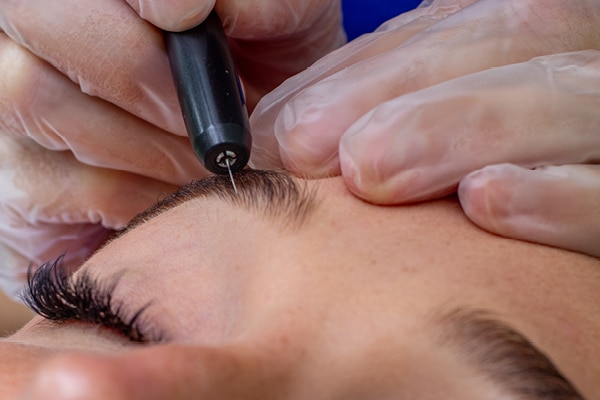
Q. Can electrolysis be used to shape eyebrows?
A. Yes, electrolysis can be used to shape your eyebrow more permanently and get respite from having to get it waxed or tweezed on a regular basis. It is also recommended over laser hair removal, which in our opinion, should not be used on sensitive areas of the face and instead be reserved for the body.
Q. Which is better electrolysis or laser hair removal?
A. Electrolysis hair removal is generally considered to be the safer option among the two. This is because there are fewer potential risks or side-effects as compared to lasers. Also, electrolysis results tend to last longer than lasers, cutting down on the number of sessions and touch-ups needed in the long run.
Q. Is electrolysis hair removal affordable?
A. Electrolysis hair removal is generally more affordable as compared to laser hair removal. However, the cost of the procedure depends on how big the target area is and how many sessions are required to get rid of hair completely. But the general consensus in the skincare community about electrolysis hair removal is that it is worth the money you will be spending on the sessions!
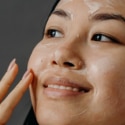

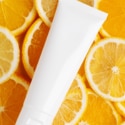

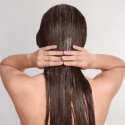






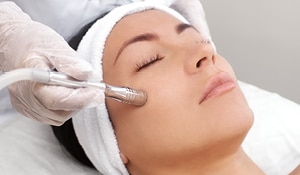

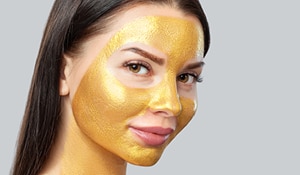
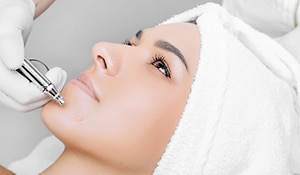

 Privacy Notice
Privacy Notice
Written by Sumona Bose on 14th Sep 2021
Sumona Bose is a writer, skincare junkie and a self-professed makeup connoisseur. Equipped with a Master's degree in Fashion Management and over 3 years of experience writing in the beauty and fashion space, her passion for learning new things has no bounds. Working closely with dermatologists, beauty excerpts, makeup artists and hairstylists, she brings you the best of all things beauty. From trending skincare ingredients to makeup looks that help you slay, she manages to bring something new (and vital!) to our readers every single time. Her hobbies include home workouts, watching foreign films and binge-watching makeover shows!